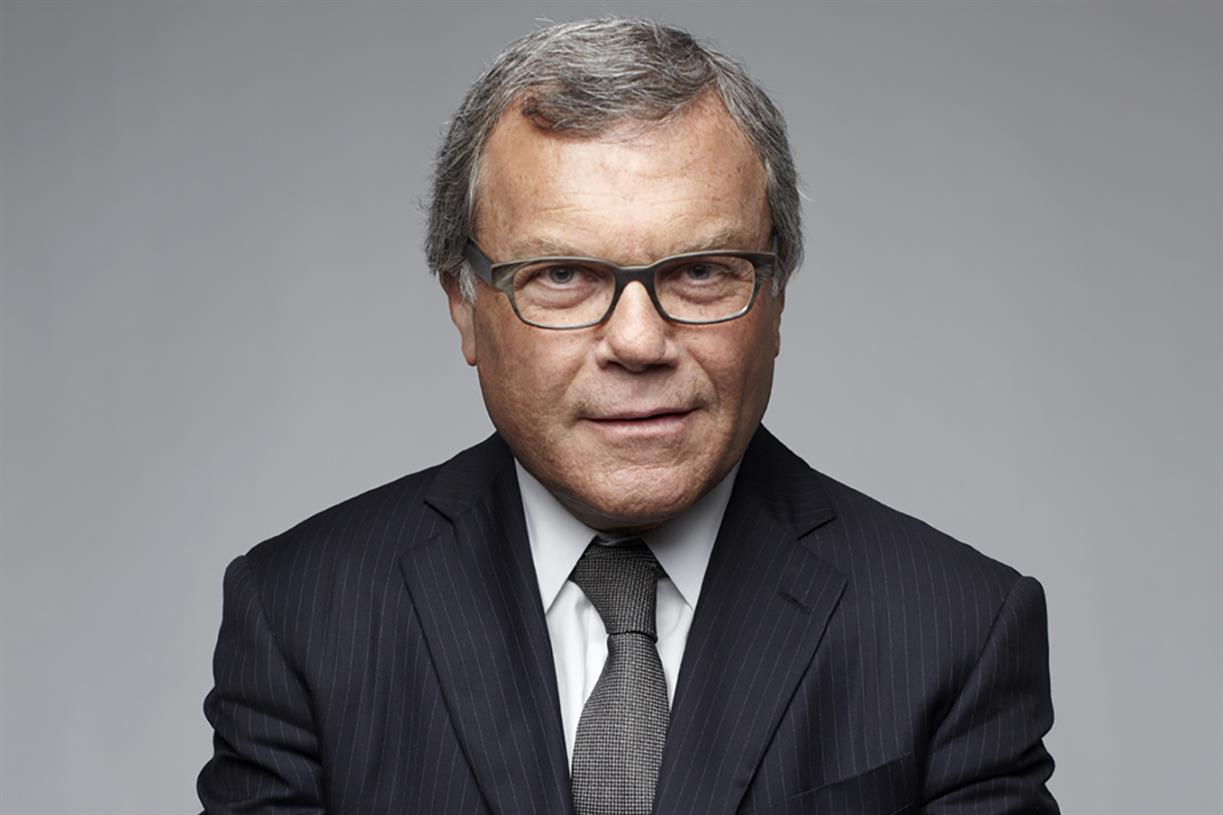Dr. Herbert Benson, Who Brought Meditation to the Medical Mainstream, Dies at 86
The mind-body maven was the first Western medical professional granted permission to scientifically study the advanced practices of Tibetan Buddhist monks. The post Dr. Herbert Benson, Who Brought Meditation to the Medical Mainstream, Dies at 86 appeared first on...

 Courtesy Benson-Henry Institute for Mind Body Medicine
Courtesy Benson-Henry Institute for Mind Body MedicineHerbert Benson (1935-2022), a Harvard-trained cardiologist hailed as “the father of mind/body medicine,” whose simple technique for eliciting the body’s innate “relaxation response” helped millions reverse health challenges from high blood pressure to headaches, died on February 3 in Boston, where he had practiced throughout a distinguished, decades-long career. Head of mind/body medicine at Harvard Medical School, Dr. Benson helped change the course of Western healthcare with his second, “parallel” career, introducing meditation and its benefits to the medical mainstream. Drawing on techniques as wide-ranging as Transcendental Meditation and the esoteric practices of Tibetan Buddhist monks in the Himalayas, he set the stage for the explosion of popular interest in mindfulness as a vehicle for ensuring health and well-being. At the time of his death from heart disease and kidney failure Dr. Benson was the director emeritus of the Benson-Henry Institute for Mind/Body Medicine at Massachusetts General Hospital and a professor at the Harvard Medical School, his alma mater, where he spent nearly his entire career.
Dr. Benson was the first Western medical professional granted permission to scientifically study the advanced practices of Tibetan Buddhist monks—in particular tummo, or “inner fire,” in which practitioners raise their peripheral body temperature sufficiently to melt snow and dry wet sheets wrapped around their torsos. The spiritual purpose of the practice is to burn inner defilements, but Dr. Benson’s interest was in further developing the mind’s capacity to promote healing.
Dr. Benson did not set out to study meditation—and he was careful to approach it with strict scientific protocols for his entire career. As a newly minted cardiologist, he was looking for methods to help cardiac patients lower their blood pressure. While serving with the US Public Health Service in Puerto Rico in the early sixties, he found that hypertension rates there were lower than in the States. When he returned to Boston in 1965, he set up a lab at Boston City Hospital, one of Harvard’s teaching facilities, to see why. During med school, he had been curious about “white-coat syndrome”—the tendency of a patient’s blood pressure to rise on a visit to the doctor. It was axiomatic at the time that once a person’s “fight-or-flight” stress response was triggered and their blood pressure rose, there was nothing they could do to lower it. Questioning that assumption, Dr. Benson trained monkeys to raise and lower their blood pressure. It was a start.
“Word got out” about Dr. Benson’s research, as Clay Risen wrote in the New York Times, and he reluctantly agreed to test some practitioners of Transcendental Meditation, devotees of Maharishi, who claimed they could control bodily processes with TM. Meditation was still a fringe practice in the mid-sixties, and Dr. Benson had doubts about its effects. He was also concerned how his colleagues would view a Harvard professor and staff cardiologist at a prestigious Boston hospital conducting research on a questionable practice. At that point, Dr. Benson began leading a “double life,” as he put it, testing TM practitioners on the QT at night, while maintaining his conventional jobs by day.
The findings of his TM study were “incontrovertible,” he said, with meditation producing “striking” physiological changes that included lowering heart rate, breathing rate, and blood pressure. Dr. Benson decided that many forms of meditation could elicit positive results, and seeking to remove his research from a spiritual context, he adopted a simple, secular practice. It entailed choosing a word, phrase, sound, or a prayer to focus on and when attention strayed, silently saying, “Oh, well,” then refocusing on the object.
 Photograph by Margaret Kois
Photograph by Margaret KoisDr. Benson dubbed the effect induced by meditation “the relaxation response,” which could counter the flight-or-flight response to a physical or emotional stressor. He outlined his method for a popular audience in a book called The Relaxation Response, published in 1975. It has sold well over 5 million copies in some 10 languages—and made Dr. Benson a reluctant media star. Eleven books followed, with titles such as The Mind/Body Effect, Timeless Healing, and Relaxation Revolution. Meanwhile, Dr. Benson’s scientific research never faltered, resulting in over 190 scientific papers.
Even as Dr. Benson gained acclaim for his groundbreaking research, the medical establishment questioned his results and marginalized him as a maverick or kook. Simultaneously, however, his work was attracting a new generation of medical students and scientists, many of whom were drawn to Eastern thought and sought to integrate Eastern practices and Western medicine. One of them, Daniel Goleman, author of such bestsellers as Emotional Intelligence, recalls Benson’s support: “When I did my PhD on meditation at Harvard, Herb was willing to be on my thesis review committee when my own department [psychology] was disdainful.” Benson’s endorsement of Goleman’s thesis subject, “Meditation as an Intervention in Stress Reactivity,” was pivotal. “It was medical school saying ‘There’s something here.’”
Not a meditator, Dr. Benson insisted his interest in meditation was largely scientific. “If I had left rigorous science, my mind/body research never would have been accepted,” he told the Boston Globe. Still, his commitment to exploring the healing potential of meditation never wavered. “If simple meditative techniques resulted in such notable physiological changes,” he said, “what could the effects of advanced techniques be?”
An account by the early 20th century French explorer Alexandra David-Neel of Buddhist monks in Tibet practicing tummo (or gtum-mo), piqued Dr. Benson’s interest in studying adepts of such practices. Though the spiritual purpose of tummo is to burn away defilements, his aim was to research the physiology of the phenomenon. He tested Westerners who claimed to have mastered tummo but found their claims “fraudulent.” Dr. Benson then asked Mark Epstein, a medical student who was interested in Buddhism, if he knew anything about such practices. Epstein, now a well-known psychiatrist and author, suggested that Dr. Benson talk with the Dalai Lama and helped him arrange a meeting during His Holiness’s first visit to America, in 1979. Dr. Benson’s request to test monks practicing tummo was flatly rejected. As Epstein recounts in The Zen of Therapy, His Holiness said, “These meditations are for private spiritual purposes, not for public display.” But several months later he reversed his decision, and Dr. Benson became the first Westerner granted permission to scientifically study Tibetan Buddhist monks engaged in advanced meditative practices
In 1981, with Epstein and a team of scientists, Dr. Benson traveled to Dharamsala, India and hiked into the mountains to measure the vital signs of senior monks doing tummo. The monks’ ability to raise their peripheral body temperature was in direct contravention of Western medicine, which held that increasing blood flow to the extremities was an involuntary response to chilly air that could not be manipulated by the mind. For Dr. Benson, who had viewed it firsthand, the monks’ ability to make significant physiological changes through meditation had “direct health implications, to the extent that any disorder is caused or made worse by stress.” His initial visit to India launched a research program that continued for 20 years.
Whatever skepticism Dr. Benson faced early on, his pioneering work has long since cemented the importance of the mind in regulating health. And to scientists like Richard J. Davidson, William James and Vilas Professor of Psychology and Psychiatry at the University of Wisconsin-Madison, his legacy extends beyond his contribution to mind/body medicine. “Although Herb’s work was not primarily focused on the brain, the very fact of a serious scientific inquiry on aspects of meditation was important in helping to lay the foundation for other work to follow,” Davidson explains. The founder and director of the Center for Healthy Minds, Davidson adds that Dr. Benson’s “initial scientific explorations of the physiological effects of meditation helped to pave the way for the unfolding of contemplative neuroscience that followed many years later.”
Mark Epstein, who co-authored two papers with Benson, watched the evolution of his career: “Dr. Benson was often a lonely voice in the halls of Harvard Medical School where for years his research was tolerated but regarded with suspicion. Over time, however, his belief in a mind-body connection came to be widely accepted.”

Get Daily Dharma in your email
Start your day with a fresh perspective

Explore timeless teachings through modern methods.
With Stephen Batchelor, Sharon Salzberg, Andrew Olendzki, and more
![]()
Thank you for subscribing to Tricycle! As a nonprofit, we depend on readers like you to keep Buddhist teachings and practices widely available.
This article is only for Subscribers!
Subscribe now to read this article and get immediate access to everything else.
Already a subscriber? Log in.

 Aliver
Aliver 
































